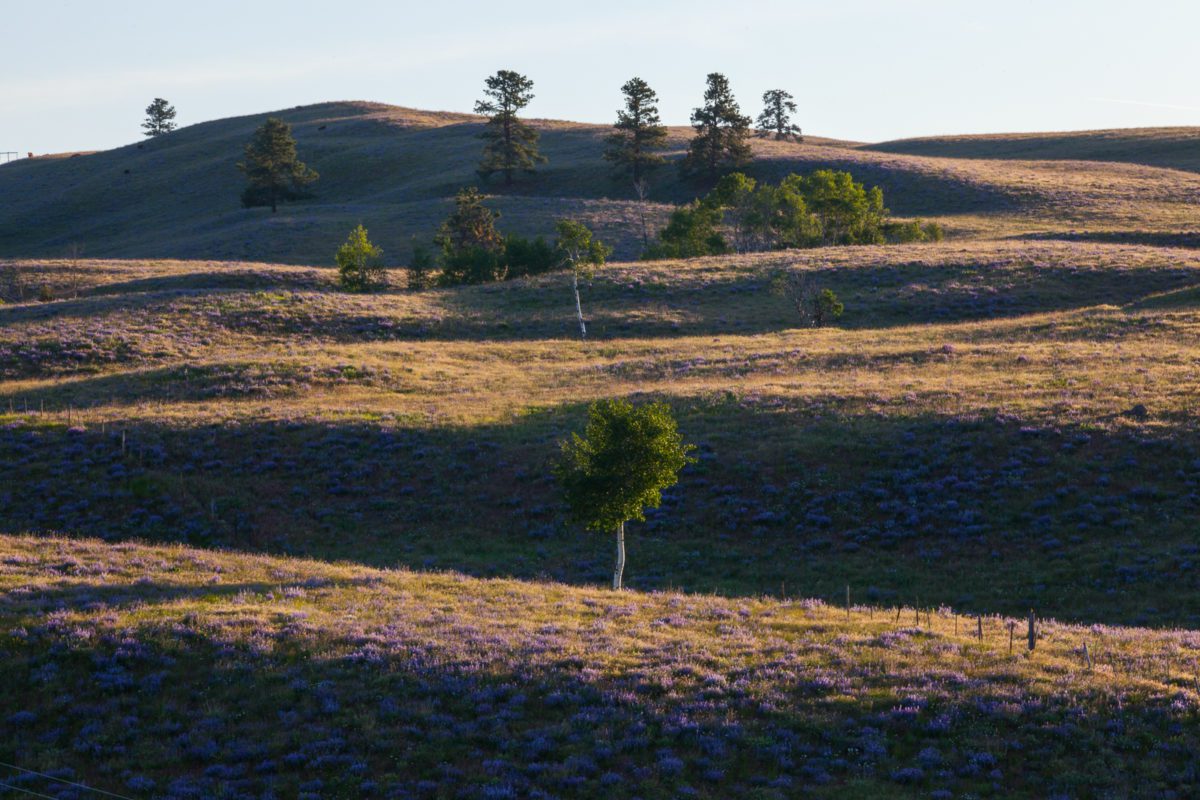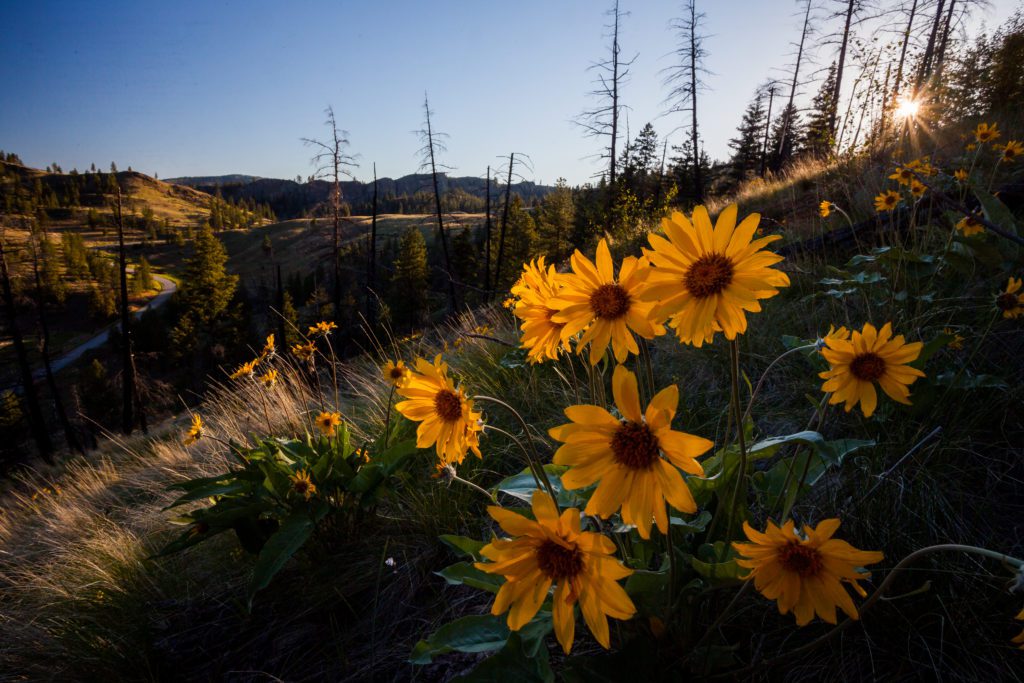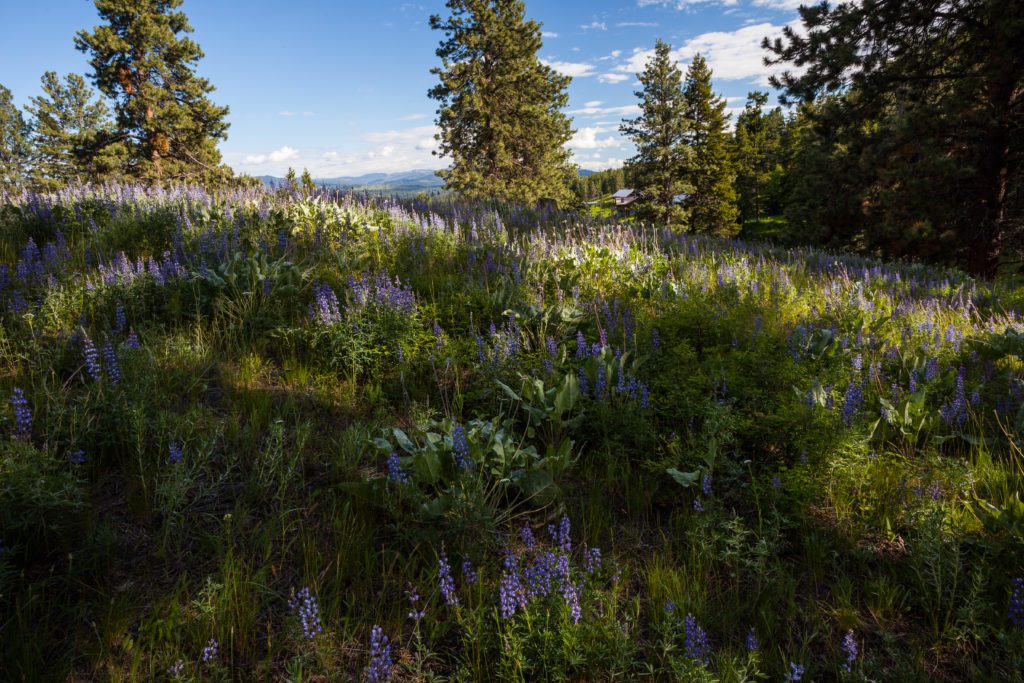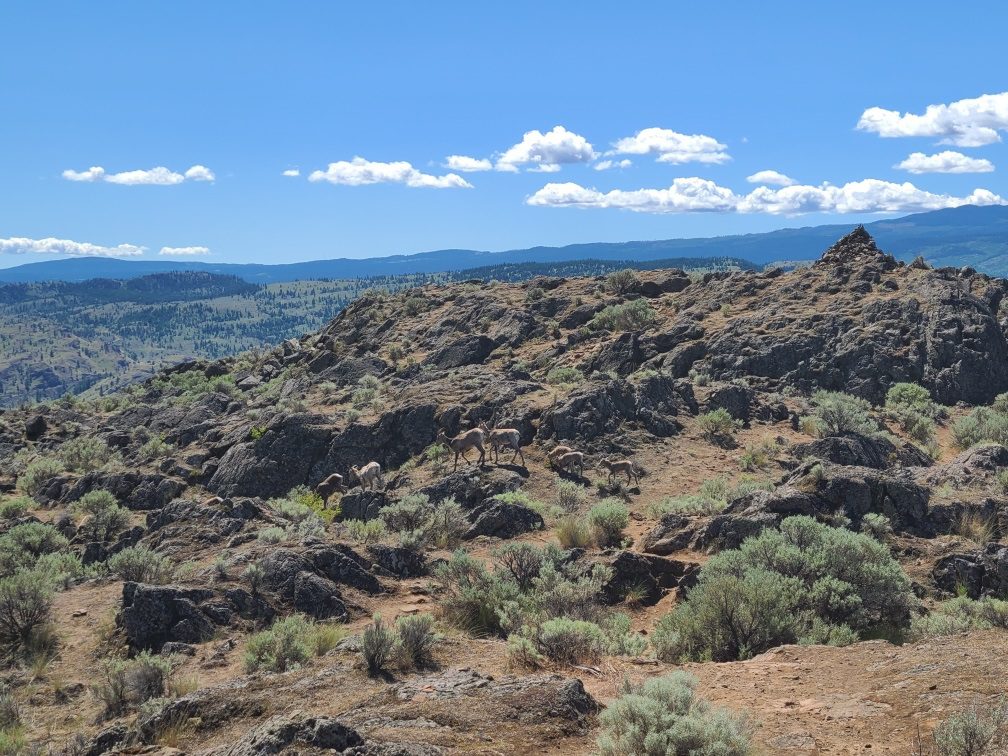
When people think of British Columbia, mountains and lush rainforests are usually the first things that come to mind, but BC is also home to rare grassland ecosystems. Although BC’s grasslands might not be as well-known, they are host to an impressive amount of biodiversity, with more endangered species than any other habitat in the province. For example, Bighorn Sheep, Mule Deer, Burrowing Owl, Rubber Boa, American Badger and many more at-risk species make their homes there. Due to the uniqueness of these habitat, a wide variety of flora and fauna native to BC’s grasslands are found nowhere else in the world. Despite this impressive amount of biodiversity, grasslands only make up less than 1% of British Columbia’s natural environment and are even more endangered than old growth forests.

Many of BC’s grasslands are found in the Okanagan valley from Vernon to Penticton and along the Trans-Canada Highway around Kamloops. In the summers, grasslands are characterized as hot, dry, and brown with temperatures reaching below zero in the winters. Although they may look inhospitable, grasslands host many plant and animal species that have adapted to living in these harsh conditions. Perennial grasses often have large roots systems to access limited water supplies in the soil. Some grassland plants grow from bulbs deep underground where there is more moisture, and others grow early in the spring while there is a higher amount of water in the soil.

Grasslands also play an important role in ecosystem goods, services, and cultural integrity. Ecosystem goods (such as food) and services (such as water purification) represent the benefits human populations derive, directly or indirectly from ecosystem functions. Grasslands are important for water management, grazing animals, climate mitigation, erosion control, pollination, biological pest control, and even medicines. The health of the biodiversity in grasslands has a heavy influence on ecosystem function; if biodiversity diminishes in these areas, it will negatively impact the goods and services that contribute to human welfare in the province.

These nutrient rich landscapes have been very attractive to humans, providing flat, arable land for agricultural crops, livestock, and urban development. Our impact on these ecosystems has been tremendous and has placed a real strain on native wildlife populations, which are particularly vulnerable to damage and degradation. Native grasses and wildflowers of this ecosystem are not able to compete with introduced pasture grasses, invasive weeds, over-grazing, and forest encroachment. As well, intensive use by livestock, irrigation, and all-terrain vehicles can have negative impacts on soil and its ability to support native species.

Grassland conservation is now more important than ever. We must act to protect what little is left of BC’s precious grasslands. For the past 50 years, The Nature Trust of BC has been working to conserve various grassland properties across the province. For example, just last year Kamloops Lake – Rosseau Creek (19 acres), Princeton Grasslands – MapleCross Meadow (2600 acres), and Park Rill Floodplain (151 acres) were purchased to protect these unique habitats and their biodiversity in perpetuity.

